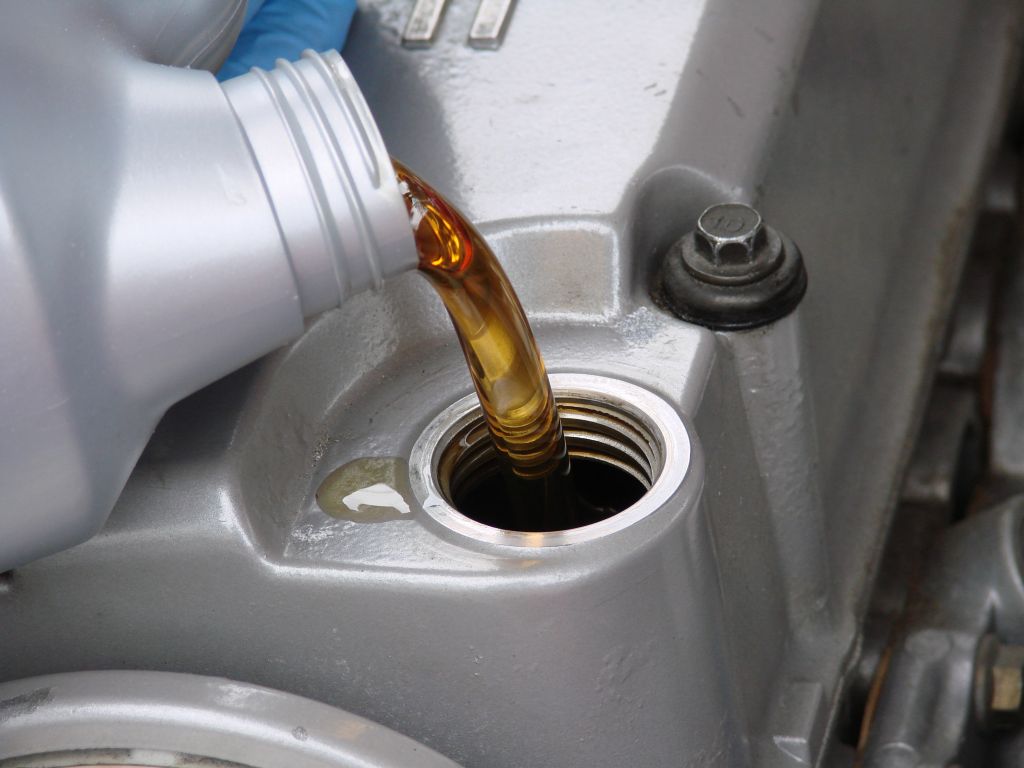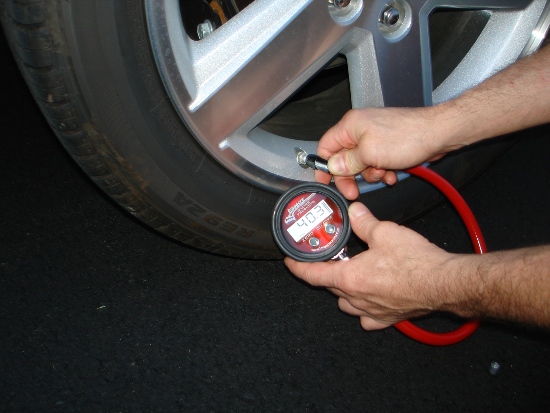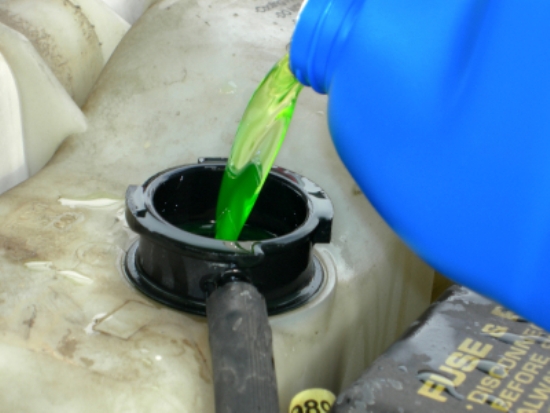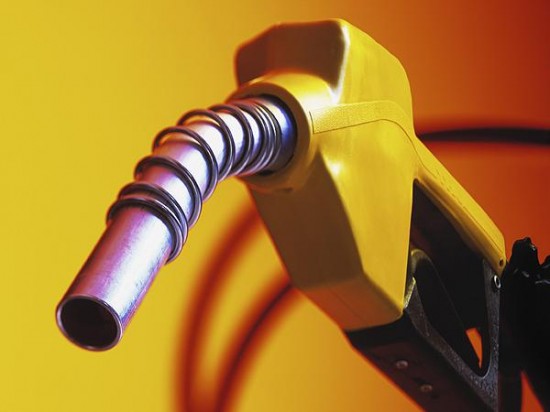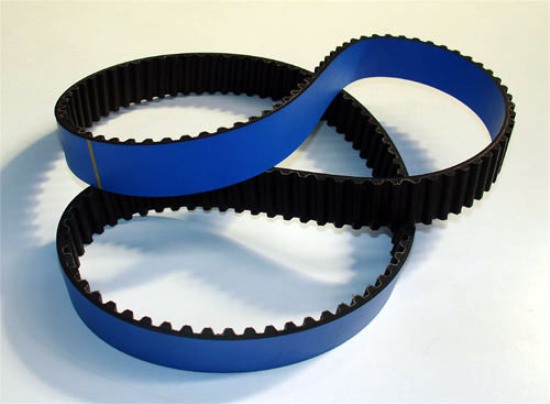No 6. Tire pressure
Underinflated tires waste gas and can prematurely wear out the tires due to excessive friction. So, tires should be set to their indicated pressure for maximum performance. You can locate the ideal pressure for each tire by locating the PSI number on to their side. Do keep in mind that PSI level of one tire may not be the same for the others. Keeping check on tires for good air pressure is one of the easiest things you can do to optimize fuel economy and tire longevity.
No 5. Antifreeze/coolant
You can find the antifreeze/coolant cap under your hood with the help of your car manual. Though some cars require a mixture of antifreeze/coolant and water, your manual can tell you the exact type of product to be used. Antifreeze or coolant is vital to your engines survivability so choosing the wrong coolant can potentially harm you car.
No 4. Gasoline
Well, as basic it might seem, it is one of the most important aspects of car maintenance. Ideally, gasoline in your your gas tank should not dip below 1/4th the total capacity. Driving on low gasoline levels cause unnecessary wear to engines and selecting the highest possible octane level will ensure engine-life longevity.
No 3. Timing belt
One of the things to look out for when your car doesn’t start is the timing belt. Timing belt should be preferably changed every 50,000 to 70,000 miles depending on the make. You can consult your car’s manual for product specific information. The timing belt can break without warning leaving your car unable to move.


